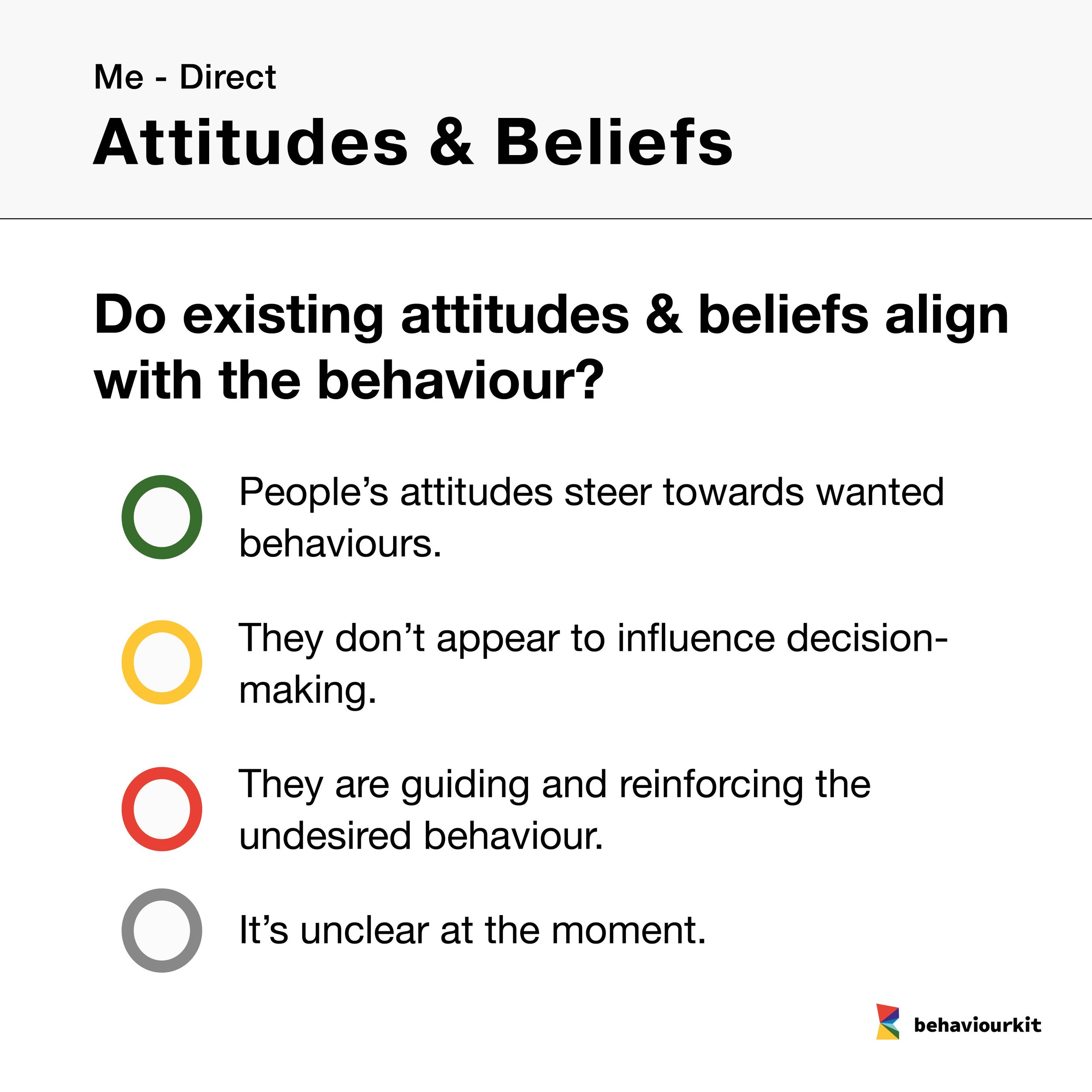Types of Needs
Types of Needs
Understand the various psychological needs your solution can address.
Useful for:
Product
Project stage:
Discover
The Types of Needs helps you understand why anyone would use your solution by exploring the psychological motivations behind their actions.
Applications:
This model can be used in several areas, including identifying the needs your product fulfils for users, exploring new avenues for product development, and creating more effective user engagement strategies.
Important reminders:
When using the ERG Theory Model, it's vital to consider all types of needs your solutions can fulfil for different users. Also, remember that perceptions matter more than tangible realities. A product can provide value by promising to solve a user's needs, even if these needs are not tangible.
STEPS
Identify your actors: List your actors in a row. Actors are the individuals or roles that interact with your product.
Insight: The term 'actors' can encompass a wide range of individuals, from direct users to the beneficiaries of the product's use.
.Label the ERG theory elements: Add a label for each of the ERG theory elements (Existence, Relationship, Growth) below your actor list.
Ask: Which needs category does each actor fall under?
.Match actor to need: Link each actor with the type of need your solution fulfils for them. For instance, if your product makes a task simpler and thereby saves time for the user, you could link that actor with 'Existence', as the product is helping them do what they already do, but better.
Consider: The type of need fulfilled might differ between actors. Adapt as you go.
.Update your model with the findings: This will give you a visual representation of how your solution is satisfying different needs for different users.
Existence Needs
These are the fundamental requirements that help sustain life and provide a sense of security. In other words, existence needs are the basic necessities such as food, water, shelter, or financial stability. In a product context, meeting existence needs could mean making a task easier or more efficient, aiding in financial growth, or providing a sense of safety and reliability.
Relationship Needs
These needs revolve around our social interactions and the desire to feel a sense of belonging and acceptance within our social groups. Relationship needs can be met by a product that encourages interaction, fosters community, or enhances social standing.
Growth Needs
Finally, we have growth needs, which relate to our inner drive for personal development and self-improvement. These needs involve a quest for learning, achieving personal goals, or mastering new skills. A solution meets growth needs when it offers opportunities for learning, self-improvement, or personal advancement.
Derived from:
The model was developed by Nacho Parietti at Behavioral Design Models through building on Clayton Alderfer's ERG theory. Alderfer simplified Maslow's hierarchy of needs from five categories to three. Pinpointing 3 needs: Existence, Relationship, and Growth (ERG). This model focuses on recognising the value for all actors in the context of these three categories.

